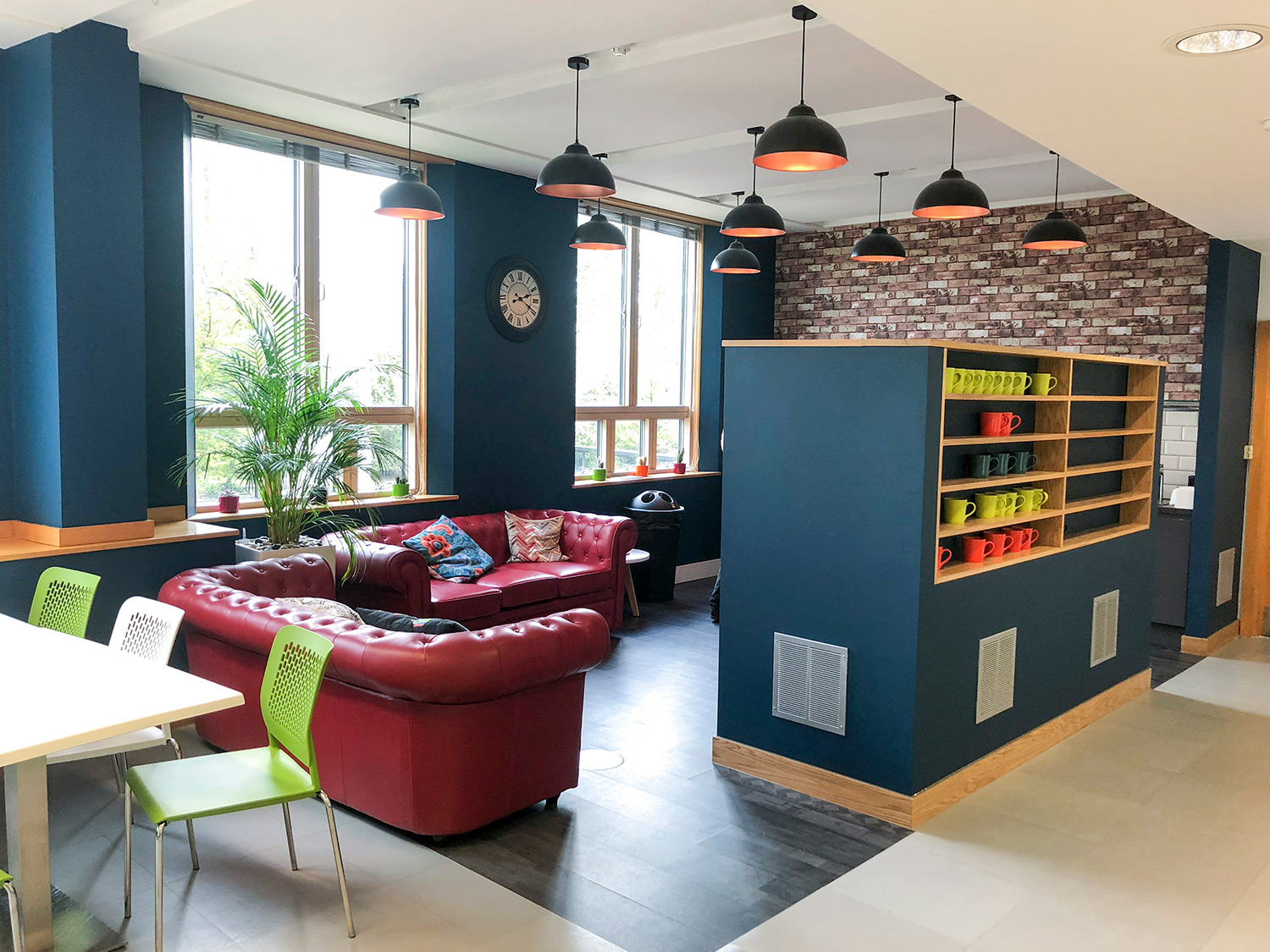Insights
Does Remote Working Mean a New Workplace Design for Your Office?

The shift towards remote work has completely changed our work-office culture and people’s outlook towards leaving the comfort of their homes. This begs us to question what the future of traditional office spaces will look like.
One thing we know is it’s becoming increasingly clear that the concept of workplace design is transforming. It isn’t just about aesthetics but rethinking the purpose and function of office spaces. Why would anyone want to leave the comfort of their home office unless the alternative offers something uniquely compelling?
The pandemic was a significant catalyst for remote work, breaking down longstanding barriers and proving that productivity outside the conventional office is not just possible but, in many cases, preferable.
If that is the case, what does that mean for workplace design? The answer lies in creating an environment that offers something the home office cannot—whether it’s social interaction, state-of-the-art technology, or spaces that inspire creativity and collaboration.
Redefining Workplace Design

The new era of workplace design goes beyond hot desks and meeting rooms. It’s about creating multifunctional spaces that reflect the changing needs of a hybrid workforce.
For instance, companies are now considering integrating home comfort elements into the office, such as lounges, quiet zones, and green spaces, to entice employees back. Moreover, the importance of technology in facilitating seamless work-from-anywhere capabilities cannot be understated, requiring offices to be equipped with the latest digital tools and infrastructure.
The Benefits of a Well-Designed Workplace

A thoughtfully designed office can have a profound impact on:
- Productivity
- Employee satisfaction
- Overall company culture
- Foster a sense of community
- Facilitate better collaboration
- Enhance employee well-being by incorporating wellness-focused design elements
Compelling office space can significantly attract and retain talent, as it signals a company’s commitment to supporting its employees’ needs and preferences.
Examples of Successful Workplace Redesign

A number of high profile and forward-thinking companies have already embraced this shift. For example, we’ve seen the offices of tech giant Assoia whose headquarters include more collaborative spaces, natural light, and amenities that encourage employees to spend time at the office, such as fitness centres and cafes.
Rikard Luckin has introduced modular workspaces that can be reconfigured based on the team’s needs, promoting flexibility and creativity. These examples illustrate how innovative workplace design can create an environment that supports both individual focus and collective brainstorming.
While these features can indeed make an office more attractive, they might not be within every company’s budget. We can then look towards other examples for inspiration, such as co-working spaces.
Co-working spaces have surged in popularity, not just for their flexibility but also for their emphasis on design and community. These spaces often feature couches, beanbags, tables, and plants – in other words, they are aesthetically beautiful.
The amenities are pretty simple yet create an environment that people enjoy working in. It’s clear that, at the end of the day, despite the comfort of working from home, people do want a change in scenery, and an office that looks nice and feels inviting will do the trick.
Cost-Effective Solutions

Even without the budget for grandiose redesigns, there are smaller, more cost-effective changes that can significantly impact a company’s workplace design:
- Natural Elements: Incorporating plants and ensuring plenty of natural light can boost mood and productivity, making the office feel more welcoming and lively.
- Flexible Workstations: Offering various seating options, from standing desks to lounge areas, can cater to different work styles and preferences, promoting comfort and flexibility.
- Creative Use of Space: Even limited spaces can be maximised by introducing movable partitions or multi-functional furniture, allowing the layout to be adapted as needed for work, meetings, or relaxation.
- Personalisation: Allowing employees to personalise their workspace can help them feel more connected and comfortable in the office. This could be as simple as providing a budget for desk accessories or creating a communal space decorated with employee-contributed art.
- Community Areas: Designating areas for coffee breaks or informal gatherings can foster a sense of community and encourage collaboration and communication among employees.
- Colour and Decor: A thoughtful approach to colour schemes and decor can invigorate the office environment. For example, vibrant colours can energise and inspire, while softer tones may create a calming atmosphere.
- Lighting: Something as simple as lighting can change everything. Out with the horrendous bright, white light that makes the office look clinical. Warm lighting can create an inviting and ambient space.
The Evolving Role of the Office
As we look to the future, it’s clear that the role of the office is evolving. Remote working has shown us how and where we work can vary, but the value of a well-designed workplace remains undiminished. By reimagining our office spaces to reflect the needs of a hybrid workforce, we can create environments that are not just places of work, but inspire, motivate, and connect us.
The question is no longer why we should return to the office but how we can make the office a place we want to return to.
Got a project in mind?
Let’s create a plan to achieve your objectives.
Contact us today to learn more about our workplace design, space planning, office fit out services and how we can help you to unlock your office’s full potential.
Let’s create the space to do your best work.
